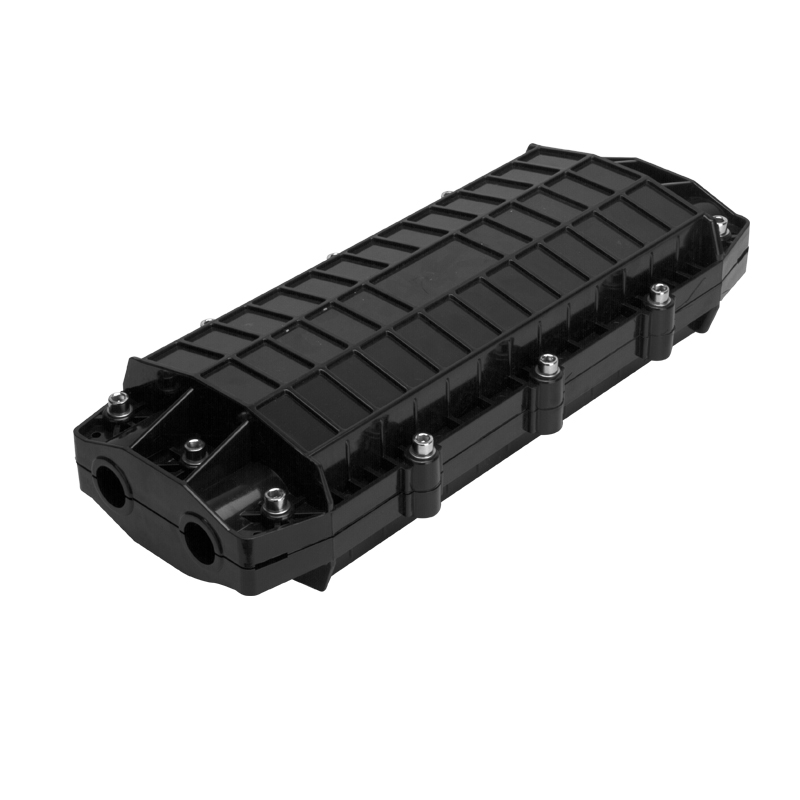- Sales SupportContact Sales
- Call us at: +(86) 15211074652
- Send us a email at: info@zr-fibercable.com
How to prevent direct buried optical cable splice box from entering water
How to prevent direct buried optical cable splice box from entering water
1. Reasonably improve the structure of the direct buried optical cable splice box
Different sealing processes are adopted for splice boxes with different structures. Some use heat-shrinkable sleeves for waterproofing, while others use non-vulcanized rubber belts, which also makes the moisture-proof effects of direct buried optical cables different. In order to better prevent water ingress behind the connector, it is necessary to take measures to improve the structure of the direct-buried optical cable connector box by extending the length of the upper and lower covers to introduce the bayonet length of the optical cable under the premise of ensuring that the upper and lower covers of the connector box are integrated.
2. Use water-blocking yarn tape as sealing material
On the basis of maintaining the existing high-quality and durable direct-buried optical cable splice box structure, the water-blocking yarn tape that can be reused, has good chemical stability, and is resistant to bacteria and molds is used to replace the non-vulcanized rubber tape as the sealing material, which can not only improve the direct-buried optical cable splice box. The moisture-proof performance of buried optical cables can reduce the operation and maintenance costs of direct-buried optical cables, and can effectively prevent the damage caused by terrain changes to the sealing performance of splice boxes.

3. Preparations should be made before introducing the optical cable
When dealing with the introduction part of the direct-buried optical cable into the splice box, it must be ensured that the direct-buried optical cable is thoroughly roughened at this part, which can enhance the adhesion between the non-vulcanized rubber tape and the optical cable, and at the same time prevent the optical cable from sticking to impurities. The moisture-proof ability is reduced, and the cleanliness of the tape must be ensured. In addition, the specifications of operations such as tape stretching must be ensured.
The above reasonable improvement of the structure of the direct buried optical cable splice box, the use of a certain mechanical strength water-blocking yarn tape instead of the non-vulcanized rubber tape as the sealing material, and the full preparation for the introduction of the optical cable are the specific and specific methods to prevent the direct buried optical cable splice box from entering water. Effective measures can also greatly improve the moisture-proof performance of direct-buried optical cables, which also has great guiding and reference significance for direct-buried optical cable manufacturers.
You might be interested in
We use cookies to ensure that we give you the best experience on our website. By clicking on "Accept" or continuing to use this site, you agree to our use of cookies in accordance with our Cookie Policy .You can refuse the use of cookies here.
Accept

